Book Review: No Time to Cry by Wilmer Cooksey, Jr.

“On one occasion I was called out into the yard because there had been a shooting. A guard, a line worker and a car thief had been shot. The thief had been wounded gravely by the guard and was bleeding but he had made it into the cab of the car hauler and had driven for some distance before he crashed and was caught.”
The line worker probably wasn’t an unfortunate bystander, relates former Corvette plant manager Wil Cooksey in his gritty, totally human and completely engrossing autobiography No Time to Cry. At General Motors’ St. Louis assembly plant in the mid-70s, claims Cooksey, hourly workers were often accomplices to professional car thieves. These criminals planned armed raids on storage lots with the help of plant insiders, leading to occasionally deadly results. In Cooksey’s account, St. Louis resembles a battleground more than a car plant, emblematic of the worst of the bad old days of the American auto industry. This book isn’t just a rehash of the “GM dysfunction” genre pioneered by John Z. Delorean, though. As the story of a fascinating American life, No Time to Cry is a compelling read.
As a production engineer working his way up the GM ranks, Cooksey had plenty of time to observe the inner workings of one of America’s most powerful corporations. Before that, he was a poor black kid from Texas with an absent father and a mother that struggled to provide for her seven children. With some guidance, he managed to get into Tennessee State University in Nashville and earn a degree in electrical engineering. While at TSU he met his future wife Liz, who became his soul mate despite the obstacles between them. He moved on to a job as a process engineer with General Mills in Toledo, but soon, war intervened. He was drafted and after completing Officer Candidates’ School was sent to Vietnam. The experience would haunt him for the rest of his life, but it did contain one positive development. A chance encounter with a new Sting Ray in Hawaii turned him into a passionate Corvette lover, and helped change the direction of his career. After the war, he was hired to teach at the General Motors Institute in Flint. He transferred to the St. Louis assembly plant a few years later, in pursuit of his dream of managing Corvette production.
What emerges from Cooksey’s account of his sojourn through various GM plants is a picture of a company marked by sharp contrasts. St. Louis embodied virtually every stereotype of American auto plants in the 70s: racial animosity, workplace violence, sabotage, absenteeism, alcoholism and substance abuse. Cooksey claims he hid a revolver in his car and carried a six inch blade out of concern for his own safety. He describes being sucked into the toxic culture of the plant, where both management and hourly workers got loaded in the bar across the street as their coping mechanism. This, combined with the unwanted advances of many of the plant’s single women, nearly destroyed Cooksey’s marriage. However, he was able to patch things up with his wife and move to the Doraville, Georgia assembly plant, temporarily distancing himself from Corvette production.
Labor relations at Doraville weren’t great, but they were a marked improvement from St. Louis. Cooksey was able to surround himself with a cadre of trusted advisors, and made some progress on improving both quality and productivity. He had his easiest time as manager at Fairfax Assembly in Kansas City, Missouri, which he describes as a “joy” to manage. He chalked this up to differences in plant culture, brought about by a combination of both management and labor tactics. Cooksey is harshly critical of the UAW at times, as one might expect of a production supervisor. In St. Louis he describes the union as a “fierce, three-headed, Hydra-monster” that eventually brought about the plant’s demise. He does strive to make a distinction between the union and individual workers, the majority of whom he defends as good employees. Some, such as an unnamed “informant” at the Bowling Green plant, were essential to helping Cooksey stamp out persistent safety violations and improve quality and productivity. Labor only absorbs one part of Cooksey’s criticism.
Cooksey’s struggles with upper management, especially after he landed his dream job supervising Corvette production at Bowling Green in 1993, compose a large part of the text. He describes a dedicated core of “Corvette people” including himself, product engineers such as Tadge Juechter, management executive Joe Spielman, and Corvette marketing director Harlan Charles. They clashed with other managers and departments on a variety of issues, especially in terms of quality control. It was Cooksey who made the decision to halt production of the then-new C5 Corvette in 1997 to address persistent quality issues, a moment that he describes as one of the lowest points of his career. Despite these setbacks, his time in Bowling Green was more than just gloom and doom. The plant became one of GM’s best for initial quality under his tenure, winning numerous internal and external awards. He retired in early 2008, shortly before GM went under and he was left with a stack of worthless stocks. Those looking for a long discourse on the bailout will be disappointed, but Cooksey’s insights into the daily running of an auto plant are more enjoyable anyway.
At $3.99 for the Kindle edition, this book is a steal. Or, you can get a signed hard copy from the Corvette Museum like I did. Either way, you’re getting one of the best auto industry memoirs of recent years, and a must-have for any Corvette diehard. It’s littered with the kind of trivia and insights that can only come from someone as intimately involved with production as Cooksey was. The biographical side is what makes this book, though: the human passion and pain of a man trying to build a life and a legacy side-by-side, one Corvette at a time.

More by J.Emerson
Latest Car Reviews
Read moreLatest Product Reviews
Read moreRecent Comments
- Daniel J Our CX-5 has hit its automatic brakes a few times at in very unnecessary situations. My 2018 doesn't have it, but it will shake and throw a warning if it thinks you should brake. Only once was it needed. The dozen or so times it has gone off I was already on the brakes or traffic was in a pattern that just fooled it.
- Kosmo This would become interesting with a turbo and 6MT.
- CanadaCraig 'Afraid' is the wrong word. The question should be, "Do you trust autonomous cars to get you from point A to point B and all points in between safely?" And my answer to that question is 'NO'.
- Daniel J For us it's just woefully underpowered. Put the 2.5T in it then I might consider it.
- Bd2 Such practices are deeply frowned upon by Kia and Hyundai dealerships where consumers sport increasing credit scores and household incomes to boot.


















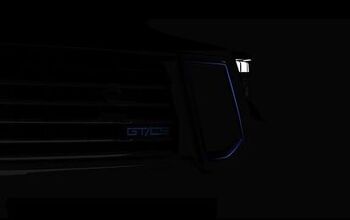
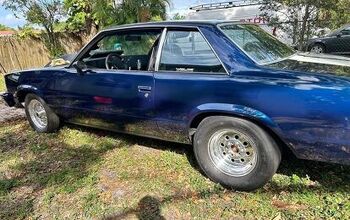




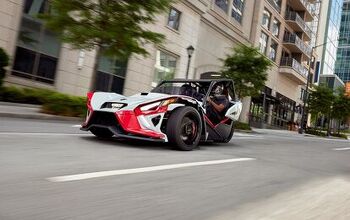
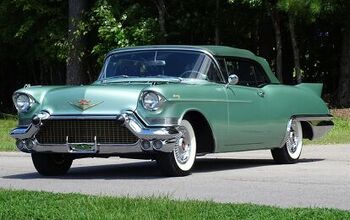



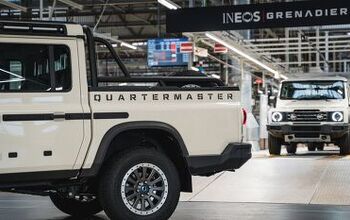
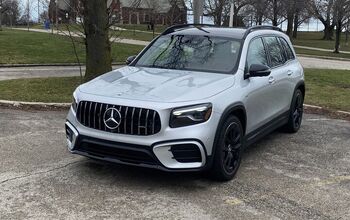
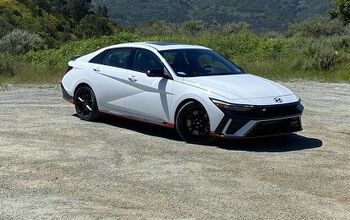

Comments
Join the conversation
Cooksey is somewhat of a hero to C5 and C6 Corvette people - under his management quality improved substantially and the response to quality issues also improved for the better. The car he's standing in front of is a 2008 Chevrolet Corvette 427 Limited Edition Z06, each one of the 505 made signed by him. Corvette folks call them Cooksey Editions - suffice it to say that no other Corvette plant manager has ever been honored like that.
Have you read 'Life on the Line' by Solange De Santis. She is a professional journalist/author who went to work at the old GM van plant in Scarborough Ontario and wrote about her experiences there. The plant's closure was announced during her tenure. Although nearly 20 years old now, the book is still a revealing read. Here is a link to her site. http://www.solangedesantis.com/book.html